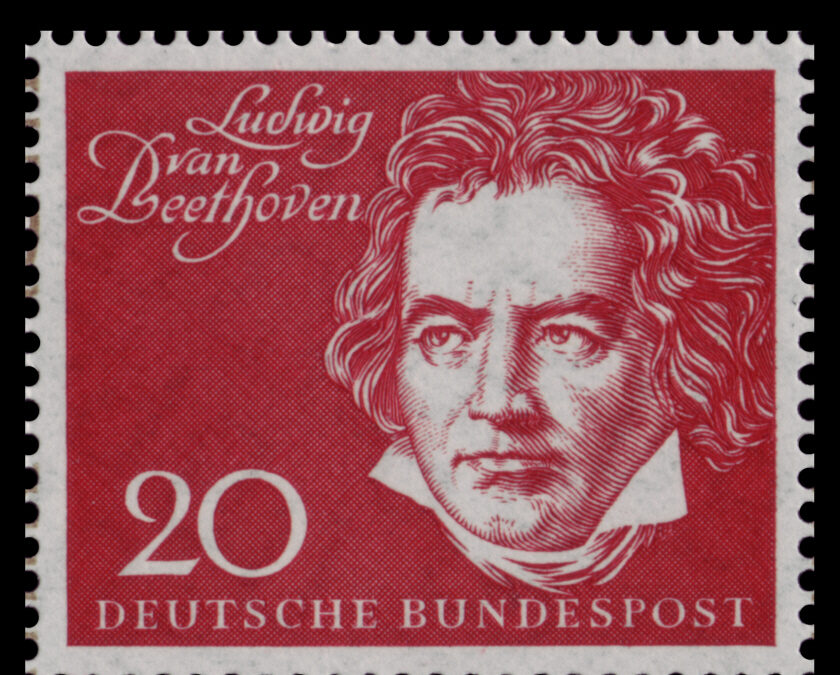Driving rhythms characterize this joyous symphony, described by none other than Wagner as “the apotheosis of the dance.” Premiered in Vienna 1813, Beethoven’s 7th Symphony received enthusiastic reviews, with the audience even demanding an encore of the second movement! Outside Vienna, reaction was not as favorable (the noted composer Carl Maria von Weber said that “Beethoven was ripe for the madhouse;” Friedrich Wieck, Clara Schumann’s father, called it “the work of a drunkard”). Little did they know; over time these critics were proved wrong, and this magnificent, powerful symphony has become one of Beethoven’s most enduring and well-loved works.
Each of its four movements is built around a specific rhythmic motif. After a contemplative introduction (almost a movement in itself), the opening Allegro’s three-note theme is introduced by the woodwinds, taken up by the strings in turn, and traded back and forth among strings, woodwinds and brass.
The famous second movement Allegretto is a somber march built around a five-note motif (long-short-short-long-long) starting in the lower strings, with a subtle singing countermelody taken up in turn by the rest of the orchestra. A lyrical interlude featuring clarinet and bassoon offers a warm ray of sunshine in the middle of the movement.
The third movement Presto is based on a relentless three-note motif, interspersed with a sonorous trio section featuring winds and brass. This combination is repeated several times (with surprise variations).
The energetic last movement has been described as “elemental fury unleashed.” It features driving 16th-note runs, offbeat accents, brass/wind fanfares and exclamation points, and a long coda culminating in a marking of “triple forte” (fff) — the first use of that marking in a Beethoven score. Accelerating driving passages bring this symphony to its triumphant conclusion.
Symphony No. 7 in A Major
Op. 92
Composed in 1812
By Ludwig van Beethoven






